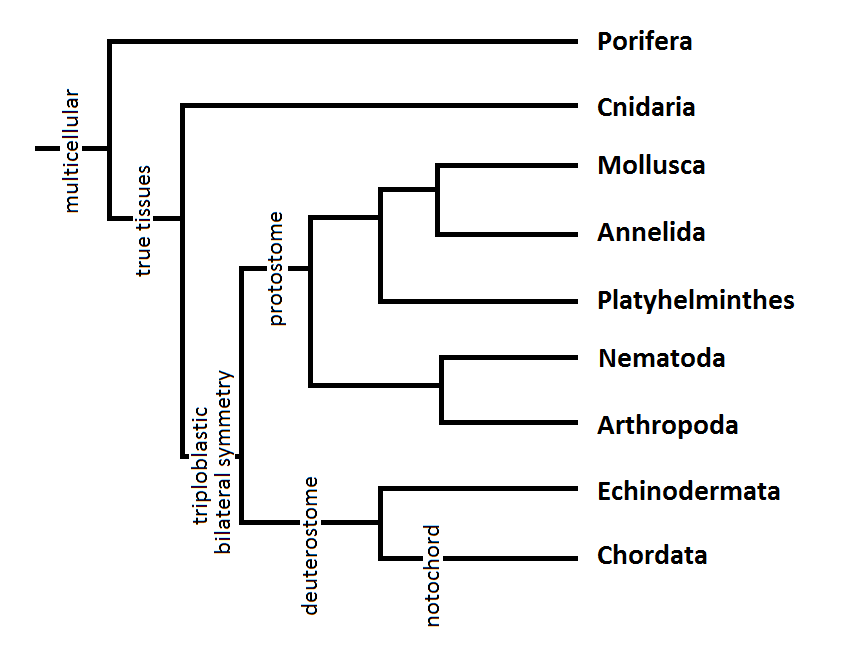Classification
Domain: Eukarya
Kingdom: Animalia
Phylum: Chordata
Class: Aves
Order: Strigiformes
Family: Strigidae
Genus: Bubo
Species: Bubo virginianus
Domain Eukarya
Great horned owls (Bubo virginianus) are apart of the Domain Eukarya. This domain consists of organisms that contains eukayotic cells, which are cells that have a true nuclei. Organisms in this domain can be single-celled or even multicellular (Campbell et al. 2008).
Kingdom Animalia
Great horned owls are apart of the Kingdom Anamilia. Organisms of this kingdom differ from other kingdoms in how they obtain energy. Instead of using photosynthesis like plants, organisms of Anamilia ingest organic material to obtain their energy. Unlike fungi, Animals will injest their food before they start to digest their food (Campbell et al. 2008).
Phylum Chordata
Great horned owls are members of the Phylum Chordata. Animals that apart of the phylum Chordata have bilateral symmetry and are triploblastic, meaning they have three germ layers. They are also deuterostomes, meaning the anus forms first from the blastopore in early development. The unique character that seperates Chodates from other phylums is the precense of a notochord, fluid filled cells surrounded by harder tissues that provide support to the organism (Campbell et al. 2008). Exapmles of organism in the Phylum Chordata are green frog, pumpkinseed sunfish, and the North American beaver.

Phylogenetic tree created from information in Biology by Campbell
et al.
Class Aves
Birds are the organisms that make up the class Aves. Some characteristics of birds include hollow bones, which make up a lightweight skeleton. These hollow bones are also attatched to air sacs, which help keep birds light weight for easier flight. Birds have wings and feathers; both assist with flight as well. Lastly, birds lay their eggs and they hatch externally (Vuilleumier 2009). A variety of birds belong to the class Aves, including the whooping crane, ostrich, green heron and American white pelican.
Order Strigiformes
The order strigiformes is commonly known as owls. Two owl families are considered to be in the strigifomes order: barn owls (Tytonidae), and what are considered typical owls (strigidae). Characteristics throughout the order include silent flight, soft plumage, well-developed talons and a characteristic facial disk, which is either circular or heart-shaped (Cholewilak 2014).
Family Strigidae
The family Strigidae are considered to be typical owls. They can be found on every continent in the world except Antarctica. A distinguishing characteristic for the family includes their circular facial disk, as opposed to the heart-shaped facial disk of the Tytonidae family. Other characteristics include thick feathers on their legs, a larger head, elongated eyes, and a downward hooked bill (Cholewilak 2014). The Barred owl is in the family Strigidae.
Genus Bubo
The genus Bubo includes both the eagle owls and the horned owls. A distinguishing characteristic includes the prominent ear tufts that the horned owls possess. This genus also contains some of the largest sized owls found today (Johnson).
Species Bubo virginianus
Best known for its sizeable ear tufts, the great horned owl (Bubo virginianus) is on average about two feet tall with a four foot wingspan. It has large, yellow eyes, and is most commonly a combination of the colors brown, black, white and gray (Nature Works 2014). Its habitat ranges from northern Canada to some southern parts of South America (Klappenbach 2014). To learn about similar species to the great horned owl, visit All About Birds.
